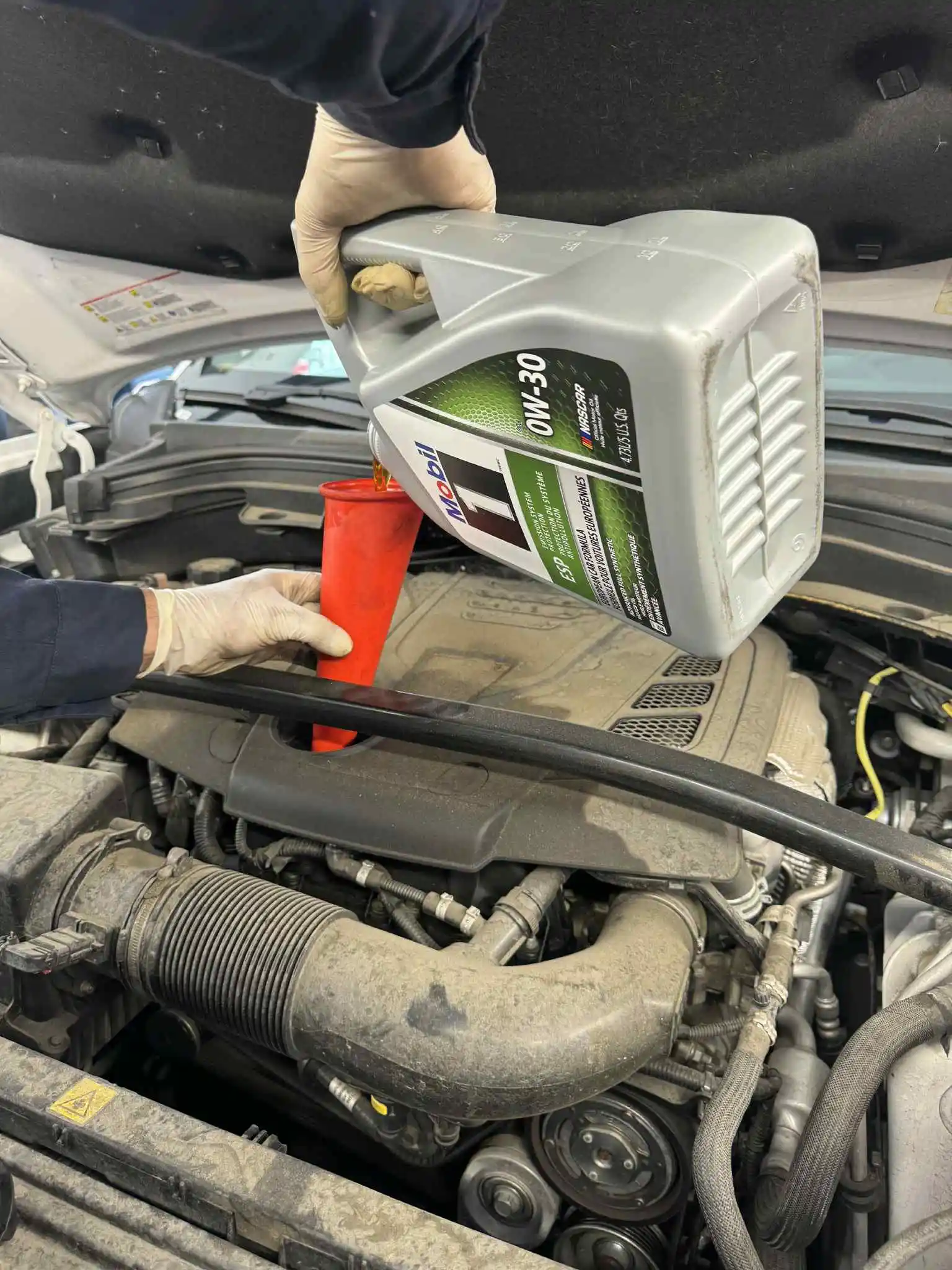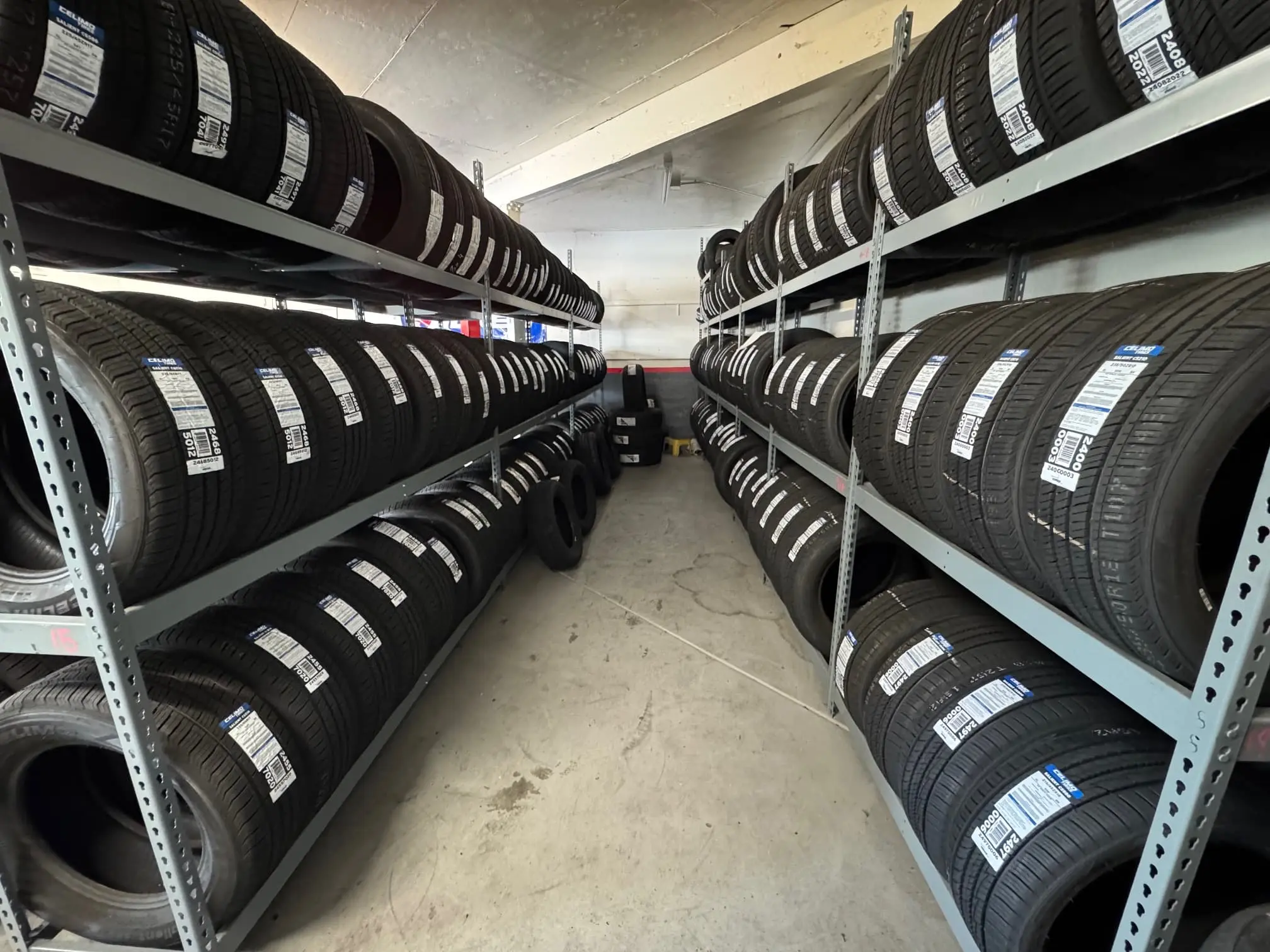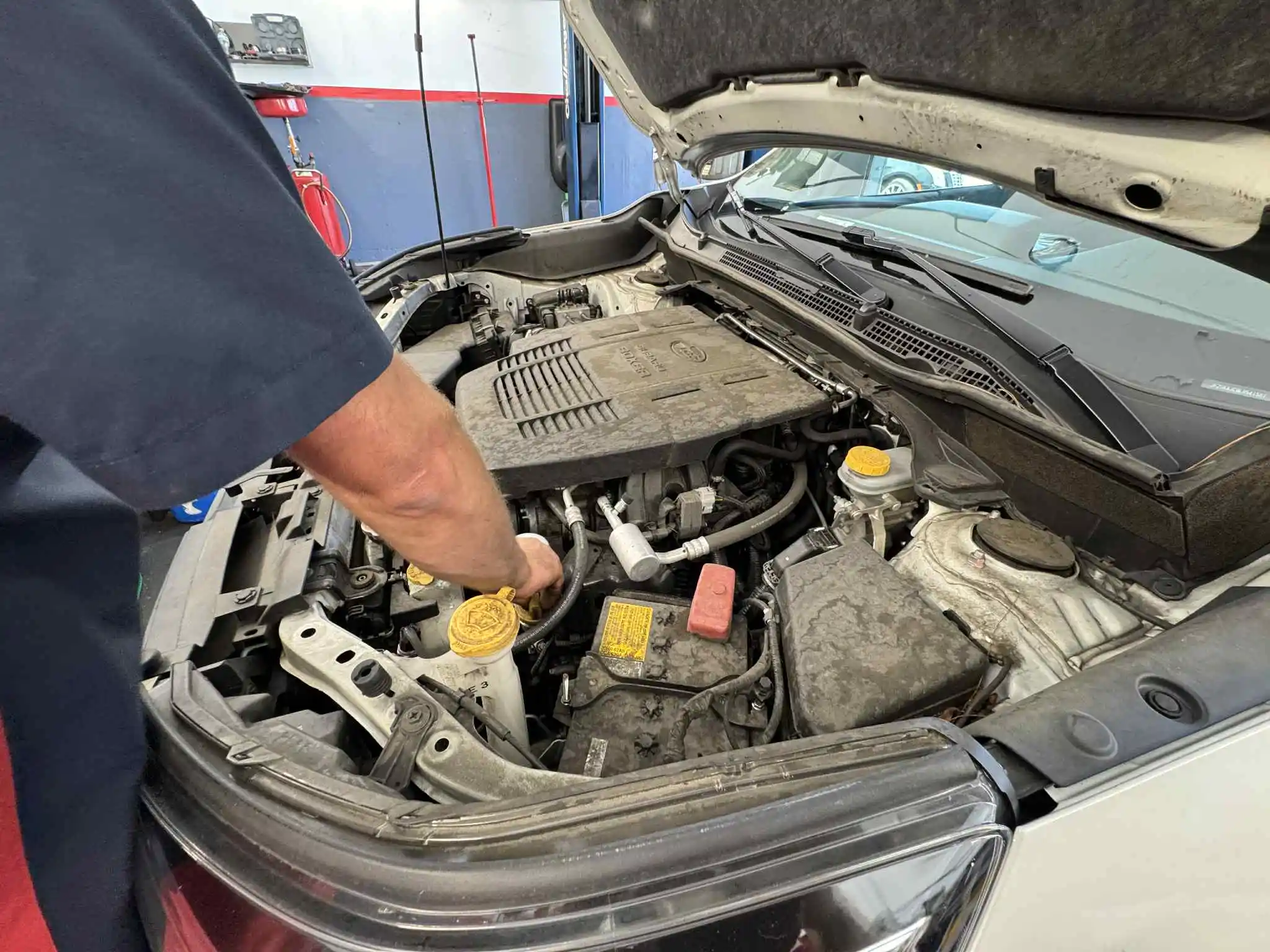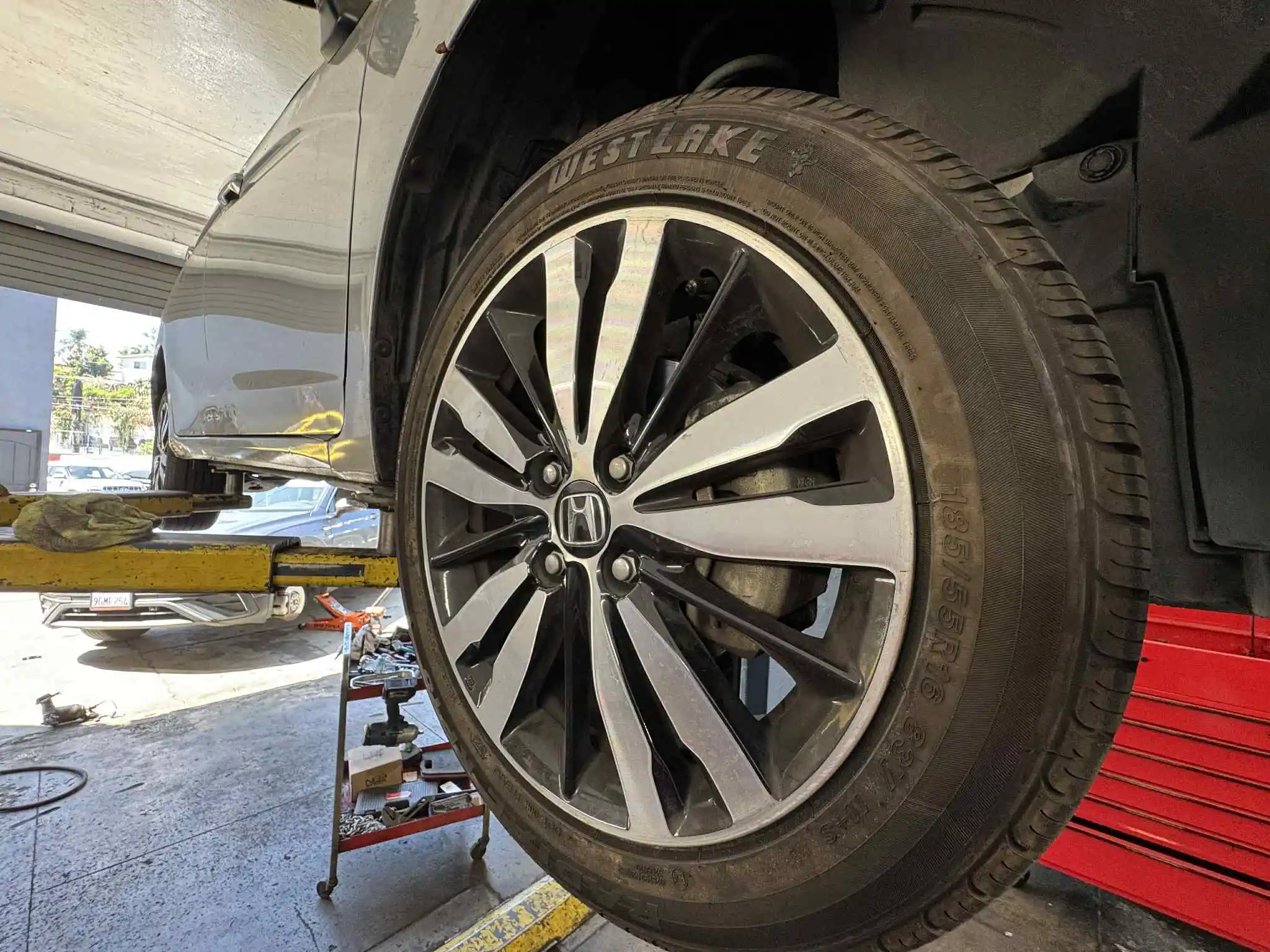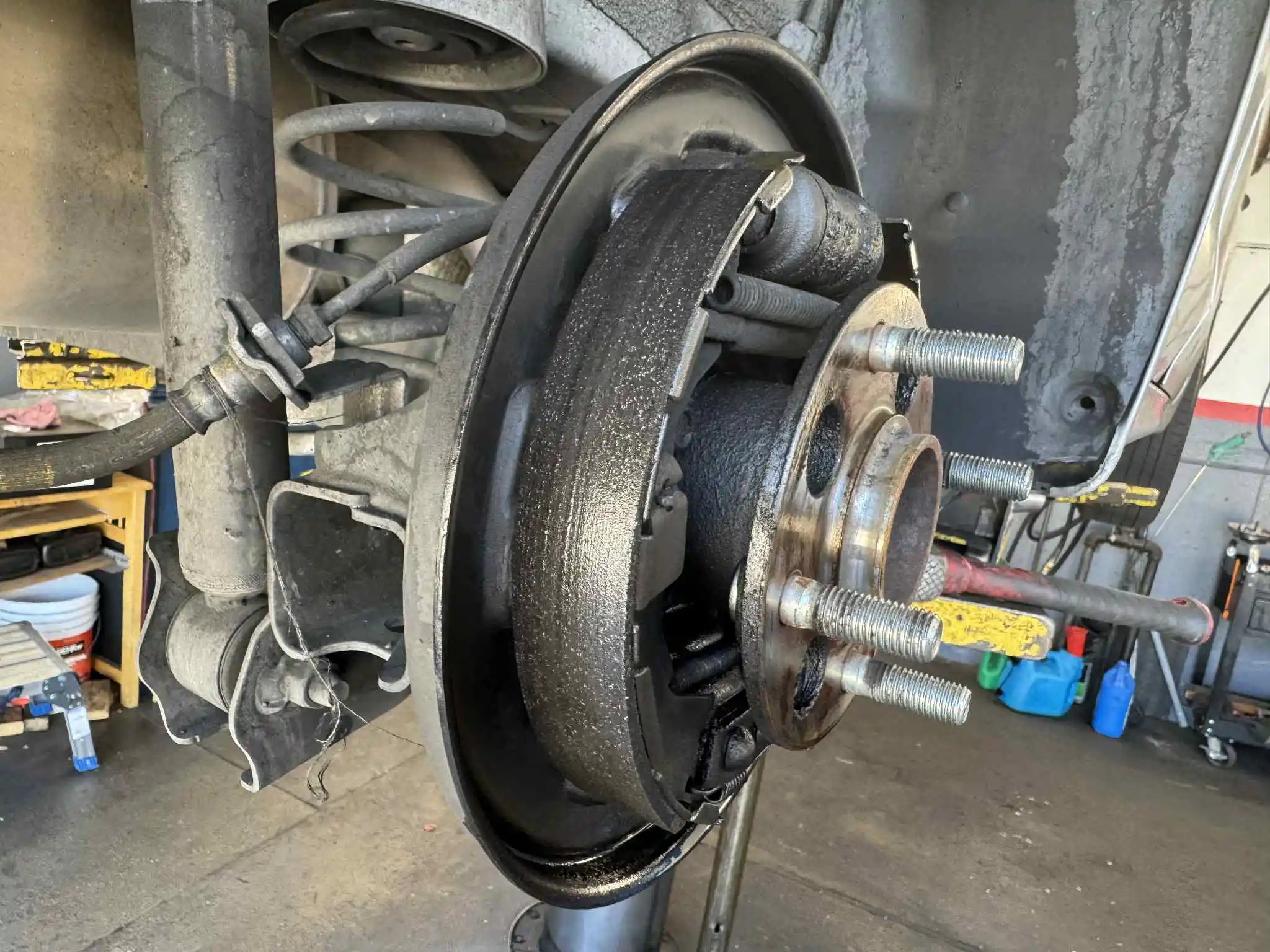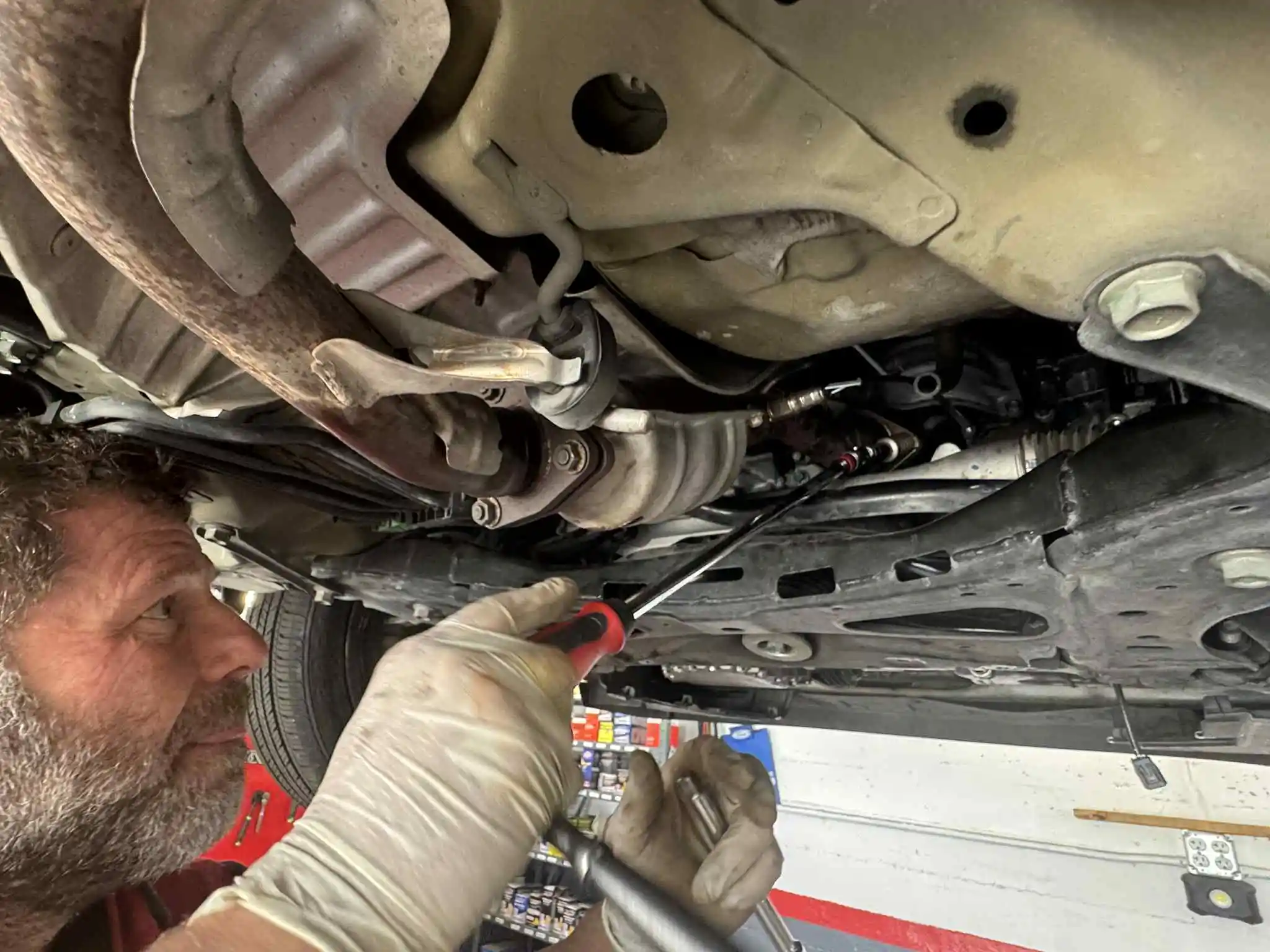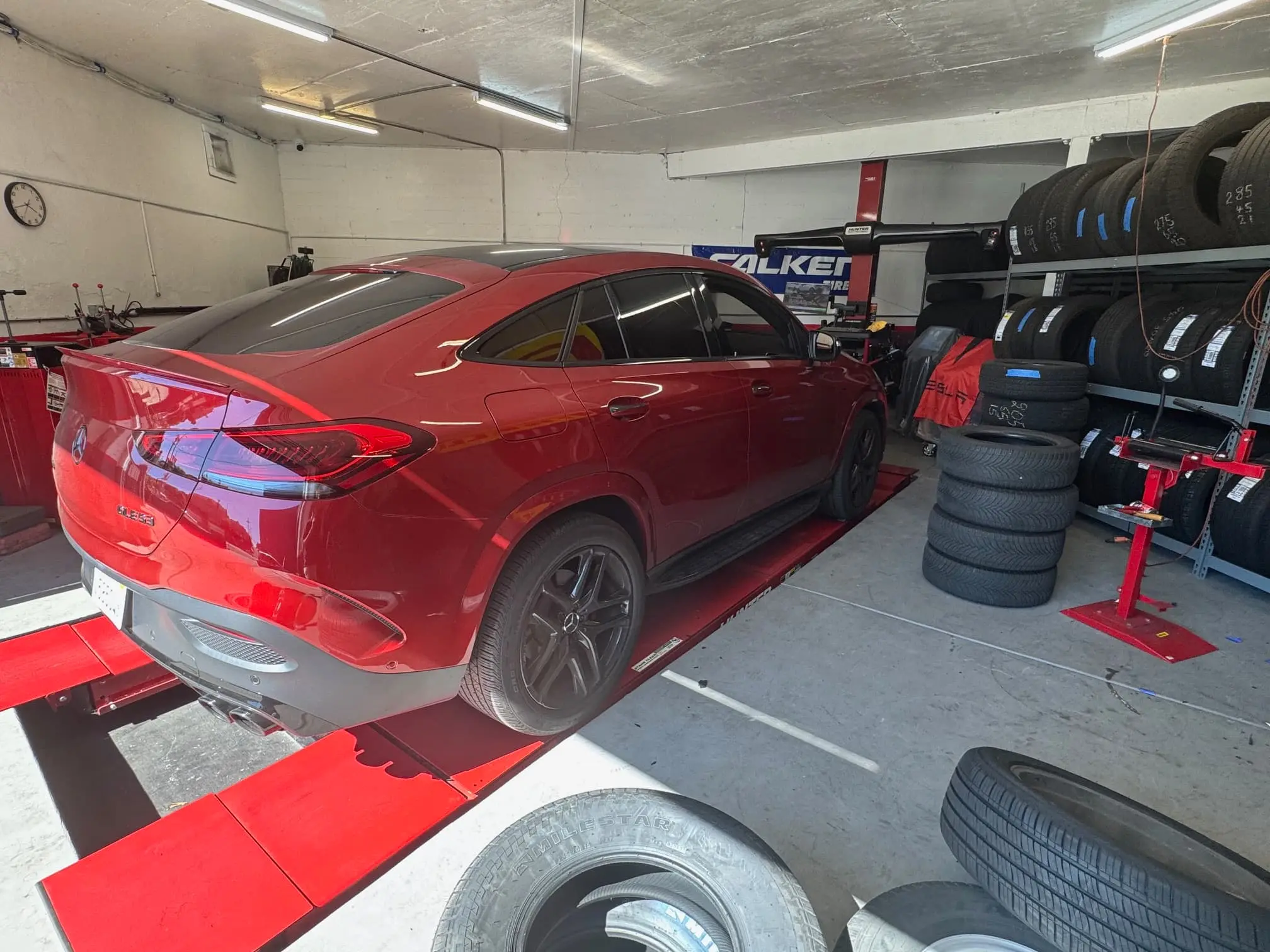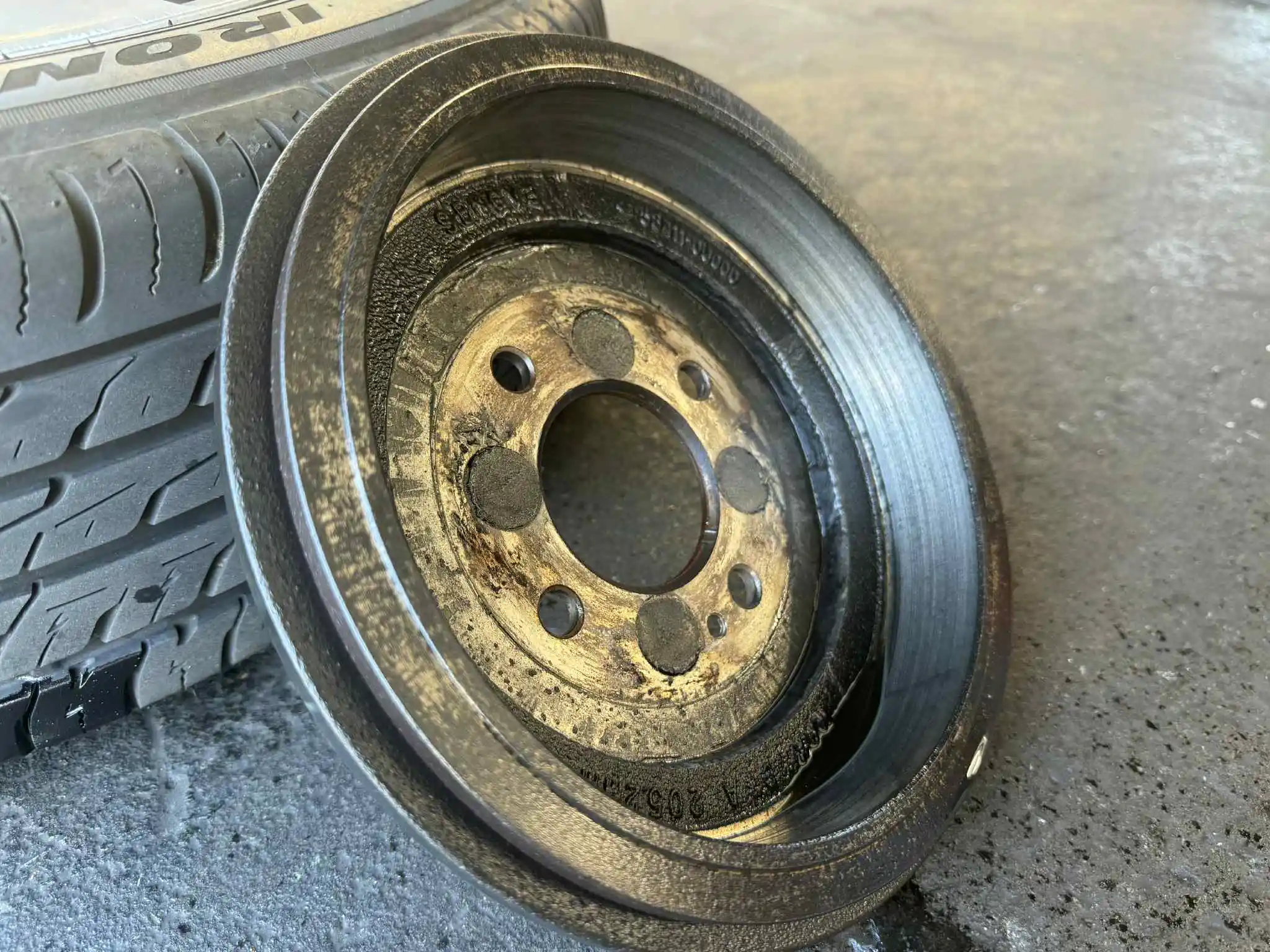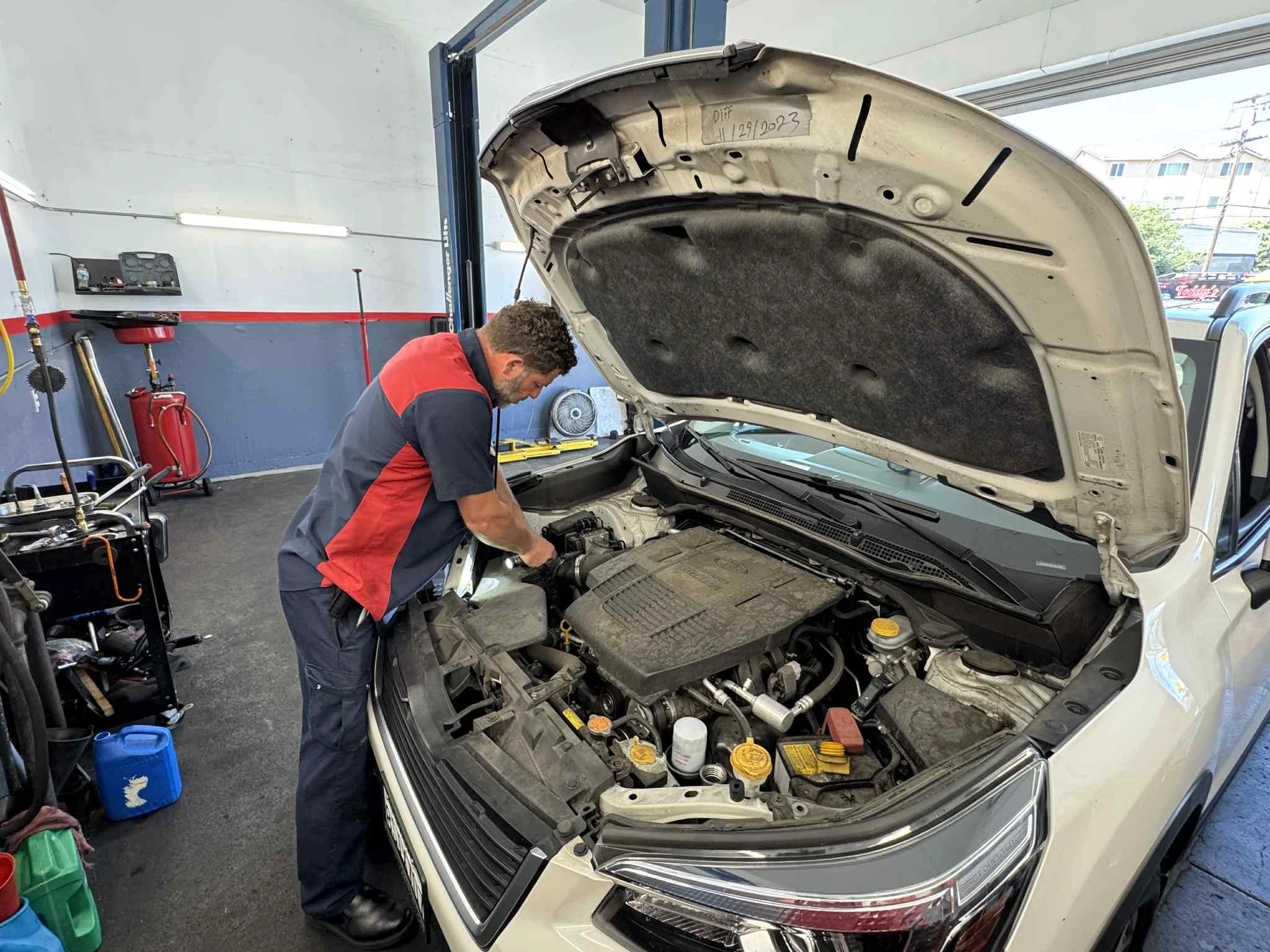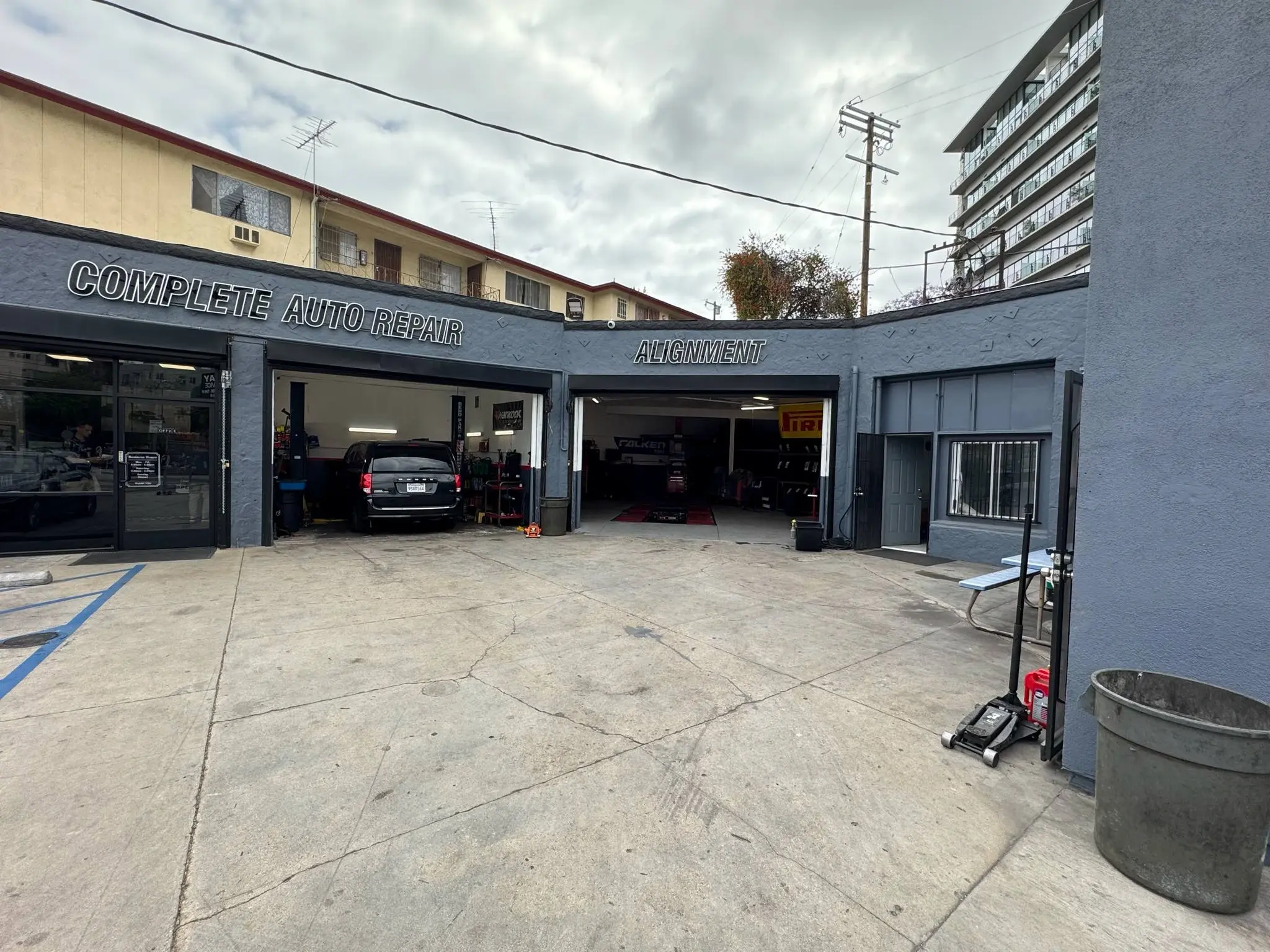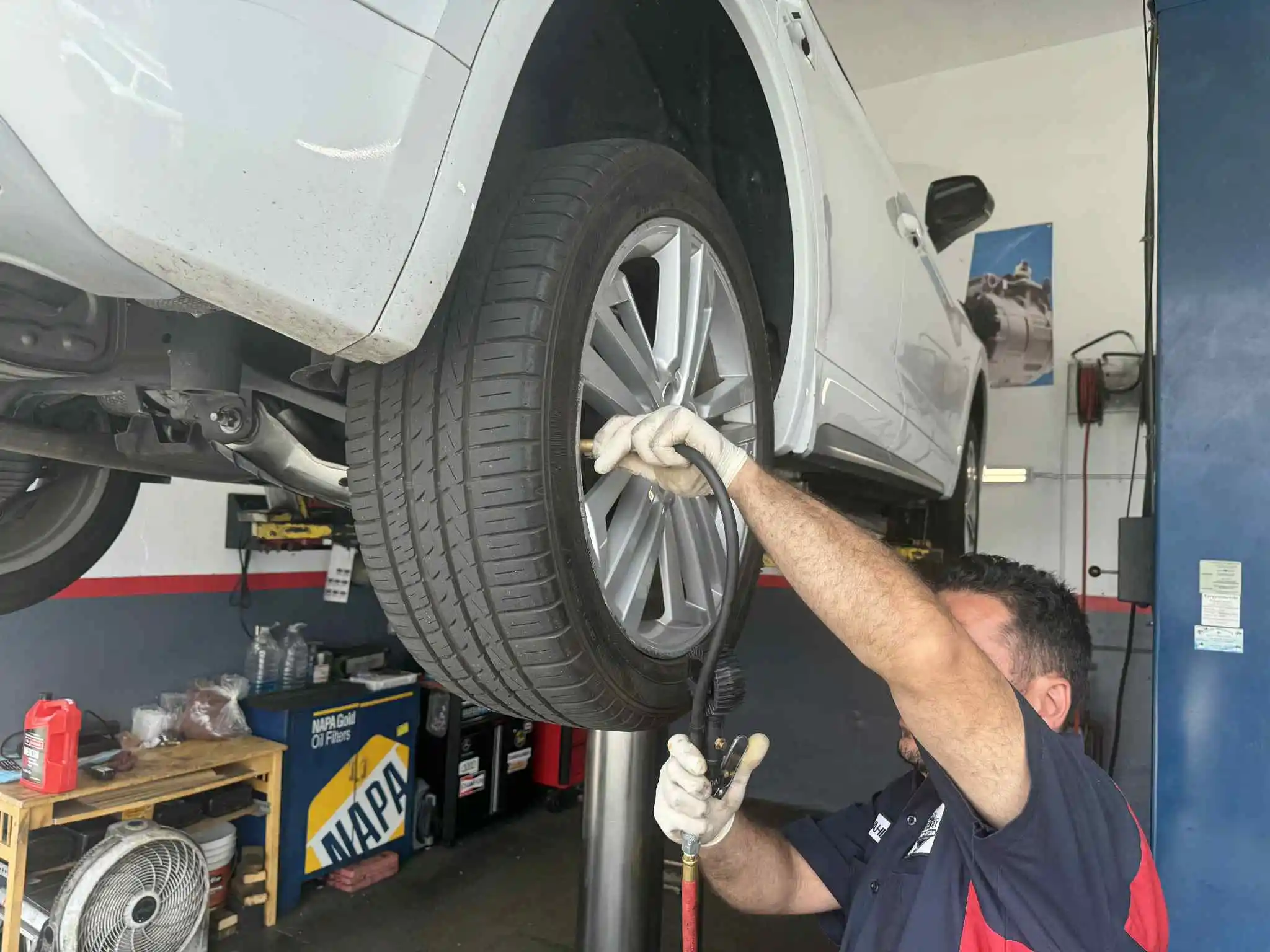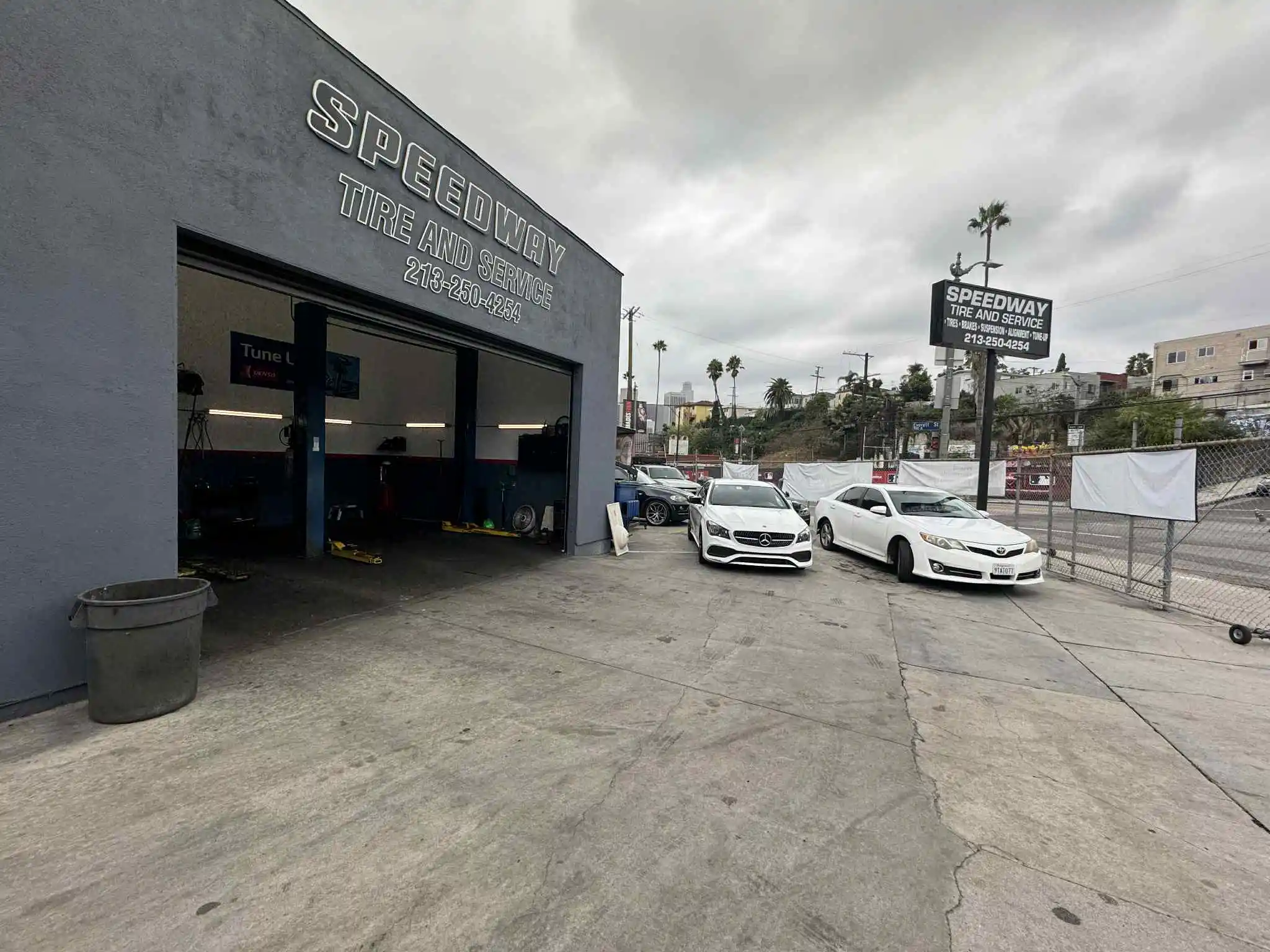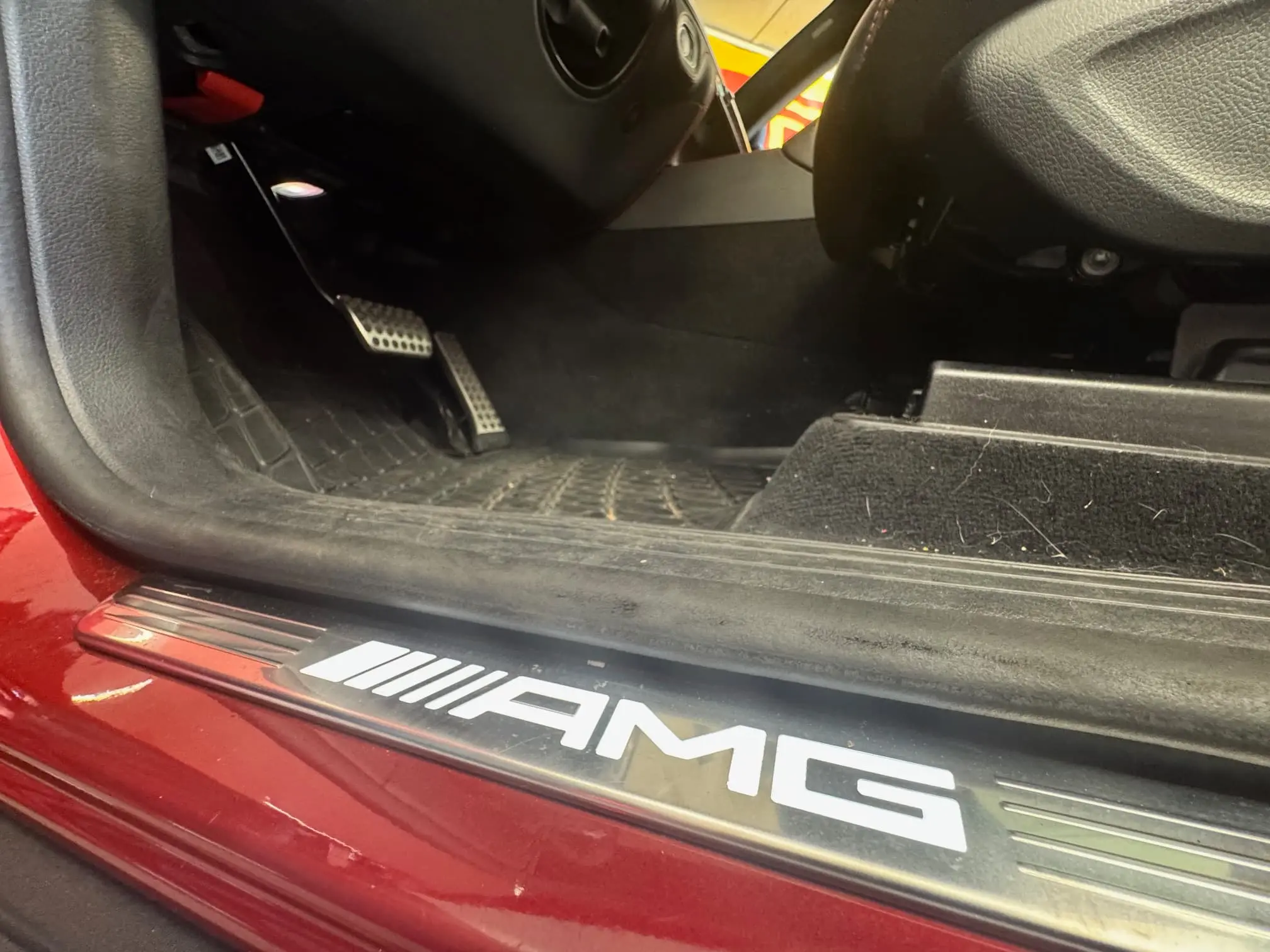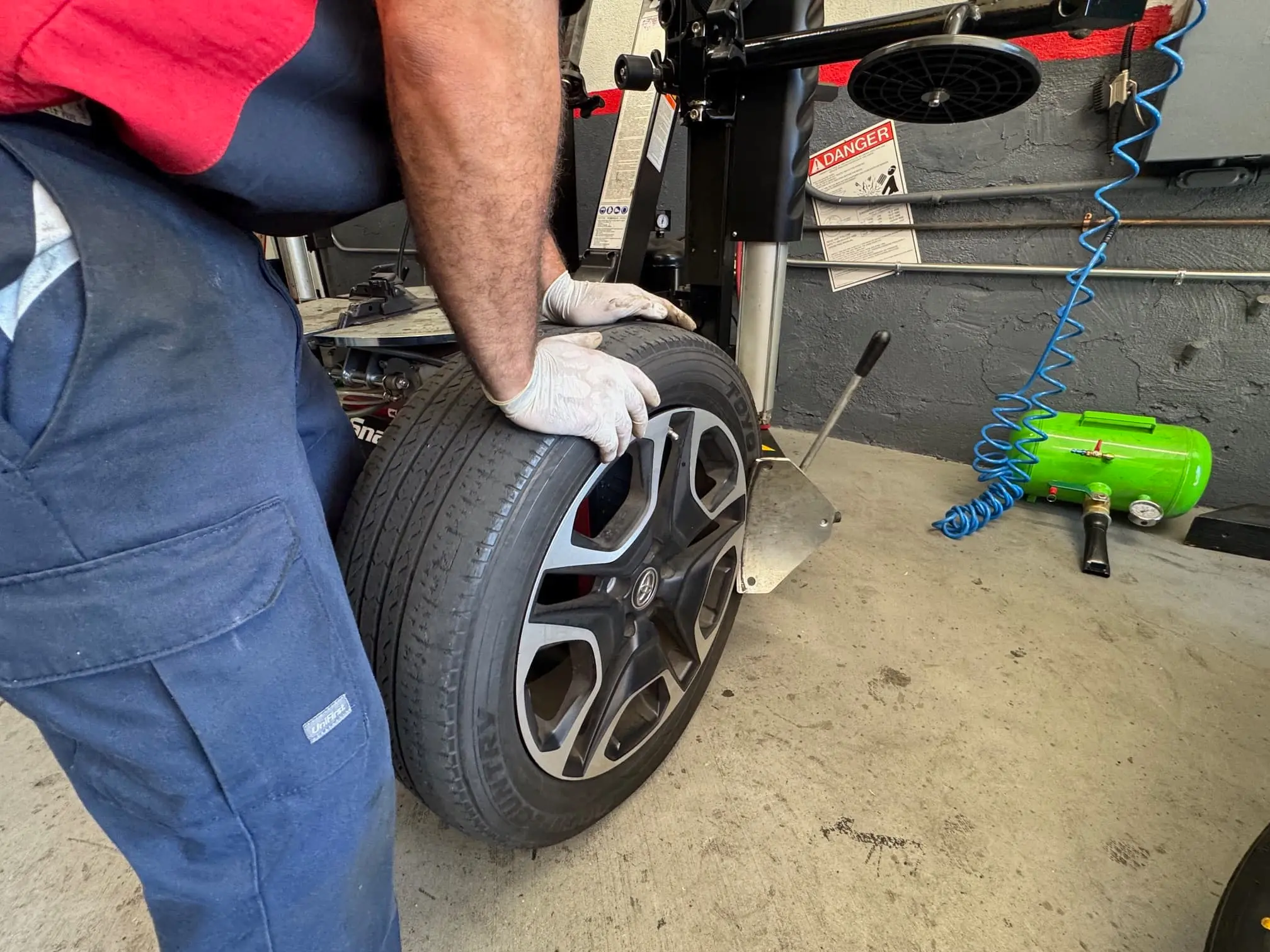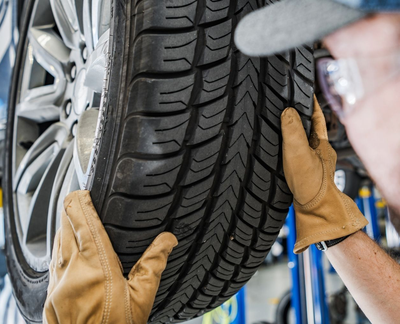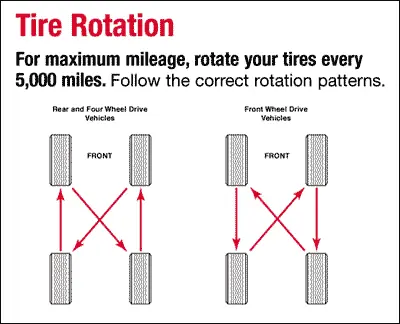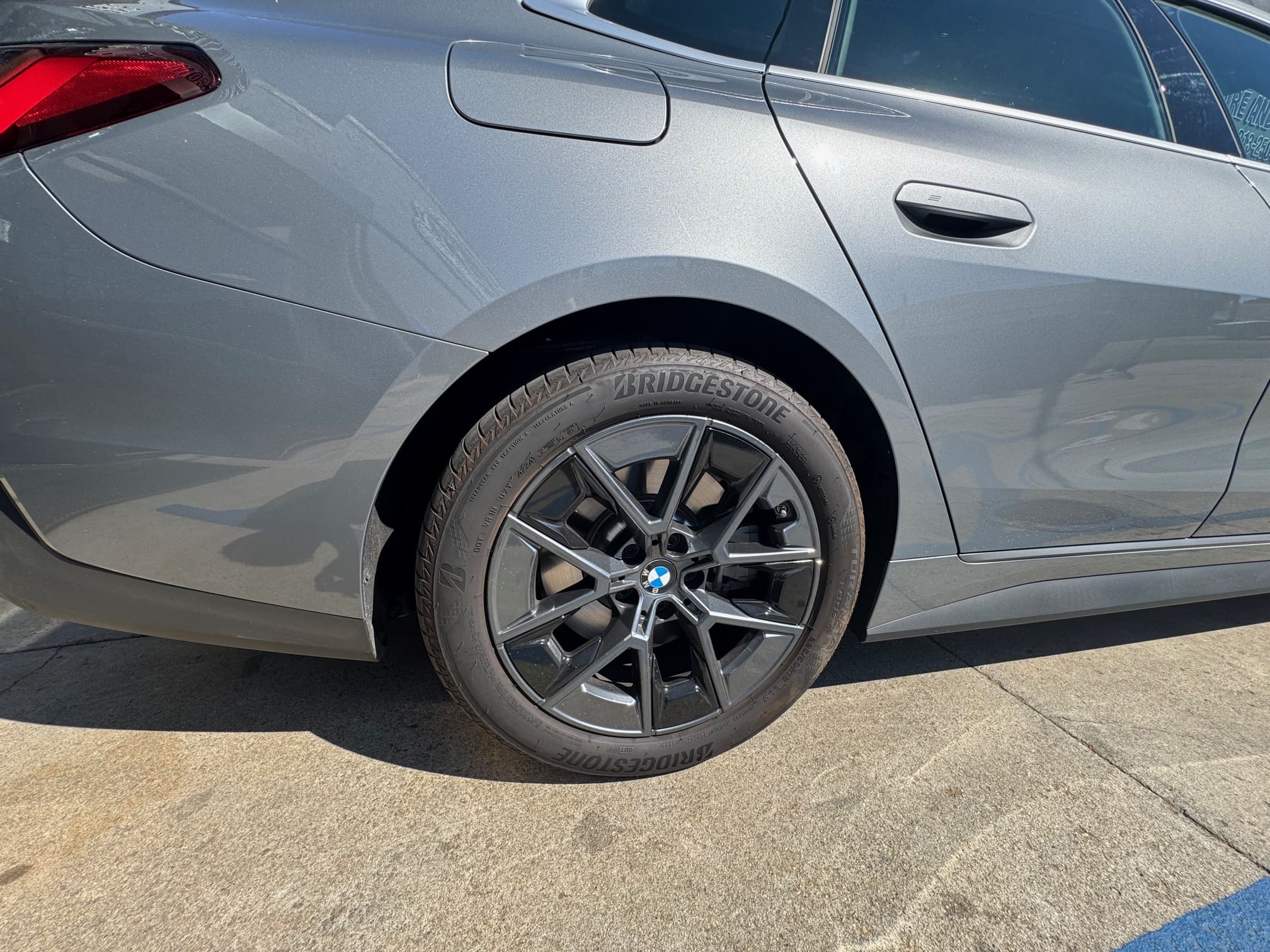TPMS Light On? What It Means & Safe Next Steps for Echo Park Drivers

That glowing TPMS light on your dashboard isn't just annoying—it's your vehicle's way of warning you about a potentially dangerous tire pressure issue. Understanding what the TPMS light means, why it turns on, and what to do when it appears helps Echo Park drivers stay safe on Los Angeles streets while avoiding costly tire damage.
Whether you're commuting through downtown LA traffic, navigating Echo Park's hilly streets, or heading out on the freeway, proper tire pressure is critical for safety, fuel efficiency, and tire longevity. This comprehensive guide explains everything you need to know about the TPMS light, from what triggers it to safe next steps when it illuminates.
What Is TPMS and What Does the Light Mean?
TPMS stands for Tire Pressure Monitoring System—a safety feature required on all vehicles manufactured after 2007.
How TPMS Works
Modern vehicles use sensors to monitor tire pressure continuously.
Direct TPMS: Sensors mounted inside each tire measure actual air pressure and transmit data wirelessly to your vehicle's computer. This system provides accurate, real-time pressure readings for each individual tire.
Indirect TPMS: This system uses wheel speed sensors (part of the anti-lock braking system) to detect when a tire is underinflated. Underinflated tires have smaller diameters and rotate faster than properly inflated tires. While less precise than direct TPMS, indirect systems still alert drivers to significant pressure loss.
What the TPMS Light Means
When the TPMS light illuminates, your vehicle is warning you about low tire pressure.
Solid TPMS Light: One or more tires are significantly underinflated—typically 25% or more below the recommended pressure. This requires immediate attention.
Flashing TPMS Light: The TPMS system itself has malfunctioned. The light will flash for approximately 60-90 seconds, then remain solid. You should have the system inspected, though your tires may be properly inflated.
Why It Matters: Driving on underinflated tires increases the risk of tire failure, reduces fuel efficiency, causes uneven tire wear, and compromises vehicle handling and braking performance.
Common Causes of TPMS Light Activation
Several factors trigger the TPMS warning light.
Low Tire Pressure from Temperature Changes
Temperature fluctuations significantly affect tire pressure.
The Physics: Tire pressure decreases approximately 1 PSI for every 10°F drop in temperature. Los Angeles experiences temperature swings between cool mornings and hot afternoons, especially during seasonal transitions.
Seasonal Patterns: The TPMS light commonly appears during fall and winter when overnight temperatures drop. Tires that were properly inflated during warm weather may trigger the TPMS light when temperatures cool.
What to Do: Check tire pressure when tires are cold (before driving or at least three hours after driving). Add air to reach the recommended pressure listed on the driver's door jamb sticker.
Slow Tire Leak
Gradual air loss indicates a leak.
Common Causes: Punctures from nails, screws, or road debris; damaged valve stems; bead leaks where the tire meets the rim; or porous wheels allowing air to escape.
Symptoms: The TPMS light appears, and tire pressure gradually decreases over days or weeks. You may need to add air frequently to maintain proper pressure.
What to Do: Have the tire inspected professionally. Small punctures in the tread area can often be repaired. Sidewall damage, large punctures, or valve stem issues may require tire replacement.
Fast Tire Leak or Puncture
Sudden air loss requires immediate attention.
Common Causes: Running over sharp objects; hitting potholes or curbs hard enough to damage the tire; or blowouts from tire defects or excessive wear.
Symptoms: The TPMS light appears suddenly, often accompanied by noticeable handling changes, pulling to one side, or visible tire deflation.
What to Do: Pull over safely as soon as possible. Inspect the tire for visible damage. If the tire is significantly deflated, use your spare tire or call for roadside assistance. Don't drive on a severely underinflated or flat tire—you'll damage the tire beyond repair and potentially damage the wheel.
Faulty TPMS Sensor
TPMS sensors can fail over time.
Sensor Lifespan: TPMS sensors typically last 5-10 years. The batteries inside sensors eventually die and cannot be replaced—the entire sensor must be replaced.
Symptoms: The TPMS light flashes for 60-90 seconds, then remains solid. All tires may be properly inflated, but the system reports a malfunction.
What to Do: Have the TPMS system diagnosed. Technicians can determine which sensor has failed and replace it. Sensor replacement is typically performed during tire service or replacement.
Tire Rotation or Replacement Without TPMS Reset
TPMS systems need to relearn sensor positions after tire service.
Why It Happens: When tires are rotated or replaced, sensors move to different wheel positions. The vehicle's computer needs to relearn which sensor corresponds to which tire location.
Symptoms: The TPMS light may illuminate after tire rotation or replacement, even though all tires are properly inflated.
What to Do: Have the TPMS system reset using the proper procedure for your vehicle. Some vehicles require a scan tool, while others use a manual reset procedure described in the owner's manual.
Spare Tire Use
Many spare tires don't have TPMS sensors.
Why It Happens: Temporary spare tires (donuts) typically don't include TPMS sensors. When you install a spare, the system detects a missing sensor.
Symptoms: The TPMS light illuminates after installing the spare tire.
What to Do: This is normal. Have the punctured tire repaired or replaced and reinstalled as soon as possible. The TPMS light will turn off once all four tires with functioning sensors are back on the vehicle.
What to Do When Your TPMS Light Comes On
Follow these steps to address TPMS warnings safely.
Step 1: Assess the Situation
Determine whether you're experiencing an emergency.
Check for Handling Changes: If your vehicle pulls to one side, feels unstable, or exhibits unusual vibration, you may have a severely underinflated or flat tire. Pull over safely as soon as possible.
Note the Light Behavior: A solid light indicates low tire pressure. A flashing light (for 60-90 seconds before staying solid) indicates a system malfunction.
Consider Recent Events: Did you just drive through a pothole? Did temperatures drop overnight? Did you recently have tire service? These clues help identify the cause.
Step 2: Check Tire Pressure
Measure actual tire pressure as soon as safely possible.
When to Check: Check tire pressure when tires are cold—before driving or at least three hours after driving. Driving heats up tires and temporarily increases pressure, giving inaccurate readings.
How to Check: Use a quality tire pressure gauge (digital gauges are most accurate). Remove the valve cap, press the gauge firmly onto the valve stem, and read the pressure.
Compare to Recommended Pressure: Find the recommended tire pressure on the sticker inside the driver's door jamb or in your owner's manual. Don't use the maximum pressure printed on the tire sidewall—that's the tire's maximum capacity, not the recommended pressure for your vehicle.
Check All Four Tires: Even if only one tire triggered the warning, check all four. Pressure should be consistent across all tires (front and rear may have different recommended pressures).
Step 3: Add Air If Needed
Inflate underinflated tires to the recommended pressure.
Where to Add Air: Gas stations, tire shops, and auto parts stores typically have air compressors. Speedway Tire and Service provides complimentary tire pressure checks and air fills at our Downtown LA location.
How to Add Air: Remove the valve cap, attach the air hose firmly to the valve stem, and add air in short bursts. Check pressure frequently to avoid overinflation.
Don't Overinflate: Adding too much air can be as problematic as underinflation. Overinflated tires reduce traction, create harsh rides, and wear unevenly.
Step 4: Monitor the TPMS Light
Observe whether the light turns off after adding air.
Light Turns Off Immediately: If the TPMS light turns off after adding air and stays off, the issue was simply low pressure—likely from temperature changes. Continue monitoring pressure regularly.
Light Turns Off But Returns: If the light turns off but comes back on within days or weeks, you likely have a slow leak. Have the tire inspected and repaired.
Light Stays On: If the light remains on after inflating all tires to the correct pressure, you may have a faulty sensor or system malfunction. Have the TPMS system diagnosed.
Light Flashes: A flashing TPMS light indicates a system malfunction. Have the system inspected by a qualified technician.
Step 5: Have Tires Inspected If Necessary
Professional inspection identifies underlying issues.
When to Get Inspection: If you have a slow leak, visible tire damage, recurring TPMS warnings, or a flashing TPMS light, professional inspection is necessary.
What Technicians Check: Tire tread depth, tire condition, punctures or damage, valve stem condition, wheel condition, and TPMS sensor function.
Repair or Replace: Small punctures in the tread area can often be repaired. Sidewall damage, large punctures, excessive wear, or tire age may require replacement.
How to Reset Your TPMS Light
Some situations require manual TPMS reset.
When TPMS Reset Is Needed
TPMS reset is typically necessary after:
•Adjusting tire pressure from low to correct levels
•Rotating tires
•Replacing tires
•Replacing TPMS sensors
•Seasonal tire changes (winter to summer tires)
TPMS Reset Methods
Reset procedures vary by vehicle make and model.
Automatic Reset: Many modern vehicles automatically reset the TPMS after driving at highway speeds for 10-15 minutes with all tires at correct pressure.
Manual Reset Button: Some vehicles have a TPMS reset button (often located under the steering wheel or in the glove box). With all tires at correct pressure, turn the ignition to "on" (without starting the engine), press and hold the reset button until the TPMS light blinks three times, then release.
Drive Cycle Reset: Some vehicles require a specific drive cycle—typically driving at 50+ mph for 10-15 minutes with all tires properly inflated.
Scan Tool Reset: Some vehicles require a professional scan tool to reset the TPMS. This is common after tire rotation or sensor replacement.
Check Your Owner's Manual: Your vehicle's owner's manual contains the specific TPMS reset procedure for your make and model.
When Professional Reset Is Needed
Certain situations require professional service.
After Tire Rotation: Many vehicles need sensor relearning after tire rotation so the system knows which sensor is at which wheel position.
After Sensor Replacement: New sensors must be programmed to communicate with your vehicle's computer.
System Malfunctions: If the TPMS light flashes or won't reset despite proper tire pressure, professional diagnosis is necessary.
Why Proper Tire Pressure Matters
Maintaining correct tire pressure is critical for safety and performance.
Safety Implications
Proper tire pressure directly affects vehicle safety.
Blowout Risk: Underinflated tires generate excessive heat, increasing the risk of catastrophic tire failure, especially at highway speeds or in hot weather.
Handling and Stability: Underinflated tires reduce steering response and vehicle stability, especially during emergency maneuvers or wet conditions.
Braking Performance: Proper tire pressure ensures maximum tire contact with the road surface, optimizing braking performance. Underinflated tires increase stopping distances.
Hydroplaning Risk: Underinflated tires can't channel water away from the tire contact patch as effectively, increasing hydroplaning risk during Los Angeles rain.
Fuel Efficiency Impact
Tire pressure affects fuel economy.
Rolling Resistance: Underinflated tires increase rolling resistance—the energy required to keep tires rolling. This forces your engine to work harder, consuming more fuel.
Fuel Economy Loss: Tires underinflated by just 10 PSI can reduce fuel economy by 1-2%. With Los Angeles gas prices, this adds up quickly.
Environmental Impact: Reduced fuel efficiency means increased emissions. Proper tire pressure is an easy way to reduce your vehicle's environmental footprint.
Tire Longevity
Proper inflation extends tire life.
Even Wear: Correctly inflated tires wear evenly across the tread. Underinflated tires wear excessively on the outer edges. Overinflated tires wear in the center.
Premature Replacement: Uneven wear from improper inflation can reduce tire life by 25% or more, requiring earlier replacement.
Cost Savings: Maximizing tire life through proper inflation saves hundreds of dollars over time.
Echo Park and LA Driving Considerations
Los Angeles driving conditions create unique tire pressure challenges.
Temperature Fluctuations
LA's temperature swings affect tire pressure.
Seasonal Changes: Fall and winter mornings can be 20-30°F cooler than summer afternoons. This temperature swing can change tire pressure by 2-3 PSI.
Daily Fluctuations: Even daily temperature changes from cool mornings to hot afternoons affect pressure. Tires properly inflated in the morning may be slightly overinflated by afternoon.
Best Practice: Check tire pressure during the coolest part of the day (early morning) for the most accurate readings.
Hilly Terrain
Echo Park's hills stress tires differently than flat terrain.
Increased Heat: Climbing hills generates more tire heat, temporarily increasing pressure.
Brake Usage: Descending hills requires more braking, generating additional heat in tires.
Monitoring: Regular pressure checks ensure tires remain properly inflated despite these stresses.
Stop-and-Go Traffic
LA's notorious traffic affects tire pressure maintenance.
Heat Buildup: Constant acceleration and braking in traffic generates tire heat.
Pressure Fluctuations: Heated tires show higher pressure readings. Always check pressure when tires are cold for accuracy.
Road Conditions
LA roads present tire hazards.
Potholes: Los Angeles streets have numerous potholes that can damage tires, cause air leaks, or damage TPMS sensors.
Debris: Construction zones, urban streets, and freeways often have nails, screws, and other debris that puncture tires.
Vigilance: Regular tire inspections help catch damage early before it leads to complete tire failure.
When to Visit Speedway Tire and Service
Professional tire service ensures safety and proper TPMS function.
Our TPMS Services
Speedway Tire and Service provides comprehensive TPMS services at our Downtown LA location.
TPMS Diagnosis: Our ASE-certified technicians use professional diagnostic equipment to identify TPMS issues quickly and accurately.
Sensor Replacement: We replace failed TPMS sensors with quality components and program them to your vehicle.
TPMS Reset and Relearn: After tire service, we properly reset and relearn TPMS systems so they function correctly.
Tire Inspection and Repair: We thoroughly inspect tires for damage, punctures, and wear, repairing issues when possible.
Tire Pressure Service: We check and adjust tire pressure to manufacturer specifications—complimentary with any service.
Why Choose Speedway Tire
Echo Park drivers trust Speedway Tire for tire and TPMS service.
Convenient Location: Located at 1165 West Sunset Blvd in Downtown LA, we're easily accessible from Echo Park, Silver Lake, Los Feliz, and surrounding neighborhoods.
Expert Technicians: Our ASE-certified technicians have extensive experience with TPMS systems across all vehicle makes and models.
Quality Service: We use quality parts, proper procedures, and professional equipment to ensure reliable results.
Transparent Communication: We explain issues clearly, show you what we find, and provide honest recommendations without pressure.
Fast Service: We respect your time, completing most TPMS services quickly so you can get back on the road.
Preventing TPMS Light Issues
Proactive maintenance prevents TPMS warnings.
Check Tire Pressure Monthly
Regular pressure checks catch issues early.
Monthly Schedule: Check all four tires at least once per month, plus before long trips.
Seasonal Changes: Check pressure more frequently during seasonal transitions when temperature changes are greatest.
After Tire Service: Always verify proper pressure after tire rotation, replacement, or repair.
Inspect Tires Regularly
Visual inspections identify potential problems.
What to Look For: Uneven wear, cuts, bulges, cracks, embedded objects, or low tread depth.
When to Inspect: Check tires weekly during your regular vehicle walk-around.
Professional Inspections: Have tires professionally inspected during oil changes or other routine maintenance.
Address Issues Promptly
Quick action prevents small problems from becoming big ones.
Don't Ignore the TPMS Light: Address TPMS warnings promptly rather than driving for weeks with the light on.
Fix Leaks Quickly: Have slow leaks repaired as soon as possible. Driving on underinflated tires damages them and creates safety risks.
Replace Worn Tires: Don't delay tire replacement when tread depth reaches 4/32" or less.
Maintain TPMS Sensors
Proper sensor maintenance ensures reliable operation.
Sensor Replacement: Plan for sensor replacement every 5-10 years or when batteries die.
Valve Stem Service: Replace valve stems when installing new tires to prevent leaks.
Proper Installation: Ensure technicians use proper procedures when servicing tires to avoid damaging sensors.
Take Action: Address Your TPMS Light Today
Don't ignore your TPMS warning light. That glowing indicator is your vehicle's way of protecting you from potentially dangerous tire pressure issues.
Whether you're experiencing a TPMS warning right now or want to prevent future issues through proper tire maintenance, Speedway Tire and Service is here to help.
Visit Speedway Tire and Service:
•Location: 1165 West Sunset Blvd, Los Angeles, CA 90012
•Phone: (213) 250-4254
•Service Area: Echo Park, Silver Lake, Los Feliz, Downtown LA, and surrounding Los Angeles neighborhoods
Our ASE-certified technicians provide:
•TPMS diagnosis and sensor replacement
•Tire inspection and repair
•Tire pressure checks and adjustments
•Tire rotation and replacement
•Complete tire services
Don't wait until a minor tire pressure issue becomes a major safety problem. Visit Speedway Tire today for fast, professional TPMS service.
Call (213) 250-4254 or visit us at 1165 West Sunset Blvd in Downtown LA. We're here to keep Echo Park drivers safe on Los Angeles streets.
About Speedway Tire and Service
Speedway Tire and Service has been serving Downtown Los Angeles, Echo Park, Silver Lake, and surrounding communities with professional automotive repair and tire services.
Our ASE-certified technicians provide expert service for all vehicle makes and models, from routine maintenance to complex repairs. We specialize in tire services, including TPMS diagnosis and repair, tire installation, wheel alignment, and tire rotation.
We're committed to transparent communication, quality workmanship, and honest service. Our goal is to keep Los Angeles drivers safe on the road through reliable automotive care.
Contact Speedway Tire and Service:
•Phone: (213) 250-4254
•Address: 1165 West Sunset Blvd, Los Angeles, CA 90012
•Service Area: Echo Park, Silver Lake, Los Feliz, Downtown LA, Chinatown, and surrounding Los Angeles neighborhoods
Looking for an honest Auto Repair Shop in Los Angeles? Call Speedway Tire and Service Today
Whether you’re driving through LA traffic or cruising the freeways, your car deserves expert care. Located in Los Angeles, Speedway Tire and Service offers reliable oil changes, brake repairs, tire services, and more—all backed by experienced technicians and honest pricing.


